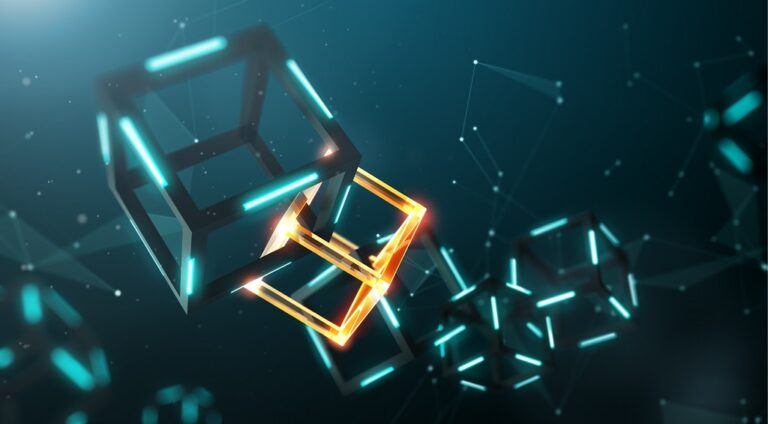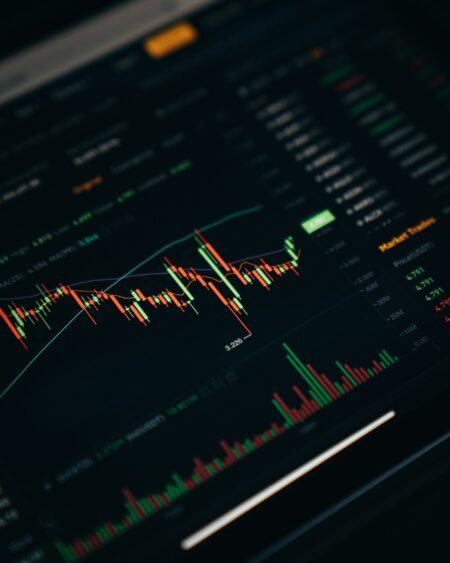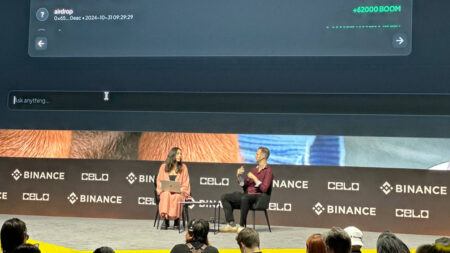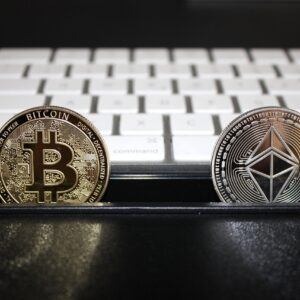Ethereum has the largest developers’ community in the crypto world. The number of DApps on Ethereum open source platform will reach 2000 this year, which is still unprecedented for any other cryptocurrency platform today. In 2018 alone there have been 394 ICOs which have raised a collective $14 Billion. Currently the ICO funding model is Ethereum’s ‘killer application’. However, it can be argued that the value created by DApps is dwarfed by the money raised as there are few widely used DApps that are functional considering how much money the platform has attracted.
Despite Ethereum’s current dominance there are some weak points that might give way for the newer platforms.
Firstly, the Solidity language is still less commonly used compared to other, more “orthodox” programming languages, such as Java or C#. This has also meant that there are fewer open source tools as well as a smaller developer community. Secondly, low transaction speed is an obstacle for certain DApps. Thirdly, scalability has proved a significant problem as even fun projects like CryptoKitties, which is a game in which you trade digital kitties, can slow down the whole Ethereum Blockchain
NEO, China and GAS
The NEO cryptocurrency was built with the hindsight of Ethereum’s drawbacks. One of the most important features of NEO is the possibility to deploy DApps written in common programming languages, such as C, C++, Java and JavaScript. Another important point is that in the NEO network there is a separation between two tradable assets: NEO GAS and NEO share. GAS is the “fuel” of the blockchain, as it is responsible for transaction issuance, while possession of NEO shares provides holders with blockchain governance features. The Proof-of-Stake mechanism incentivizes NEO shareholders not to collaborate in speculation, which is beneficial for the future economy of the system.
On the other hand, NEO’s connection to the Chinese government and being a “regulatory-compliant” cryptocurrency is more complex.
China’s investments into the platform look promising, but a lack of translations to English and strong links to the private company OnChain. influences views of Western investors. Moreover, initial costs for deploying a DApp on the NEO network is high. For example, according to CryptoCompare data, the GAS price is currently $11.83, which means that with the entry fee of 500 gas to deploy a contract, it would already cost 5,915 USD to start a DApp.
EOS or SOS?
EOS started as an ICO which raised a huge $4 Billion and was issued as an Ethereum ERC-20 token, but on 10th of June, it became independent, as EOS’s Main Net (EOSIO) was introduced. One of the main advantages of EOSIO over other DApp platforms is the wide range of services that are already on the platform, from cloud storage to accounts. The high speed of transactions allows the network to handle an immense number of apps and smart contracts running each second.
In practice, the project has drawn significant criticism for its centralized supply as seen in the chart below, faulty blockchain which froze, its centralized governance, and high RAM prices. The unjustified $4 Billion ICO raise has also tarnished its public image.
EOS’s block producers have already been involved in actions that go against their own constitution.
Project’s 21 block producers have frozen seven accounts that are suspected to be fraudulent. The reasoning behind this move was to secure some of the token holders that were robbed of their private key. This case significantly dented expectations, as EOSIO had only just launched and decentralization was already under scrutiny from the community. Furthermore, asNick Szabo commented on EOS centralization issues:
“In EOS a few complete strangers can freeze what users thought was their money. Under the EOS protocol you must trust a ‘constitutional’ organization comprised of people you will likely never get to know. The EOS ‘constitution’ is socially unscalable”
Despite the EOS project’s numerous flaws, it is still early days and the team certainly has the money to fund the best developers.
So it is important to give some time for the Main Net to operate and see what caliber of DApps it can host. The NEO platform is performing well, but there is still a lot of room for improvement, and the development of DApps happens at a slower pace compared to Ethereum.
Ethereum remains the number one DApp platform in the world, however, better competitors appear almost on a daily basis and most of them raise funds through ICOs on Ethereum, giving them an incentive to sel loff the raised ETH suppressing the price. EOS alone has sent 2.5 million ETH to Bitfinex exchange. Finally, Ethereum’s transition to Proof of Stake will also create some turbulence from miners -which might see favor shift to a competing platform.










